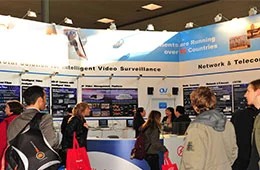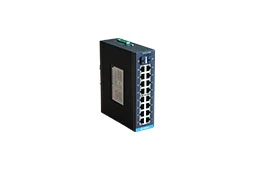May 12 2024
What Is an Industrial Switch?
Nowadays, industrial switches play a crucial role in various industries, including energy, environmental protection, transportation, and smart city surveillance, with their demand growing day by day. ...
Read More



